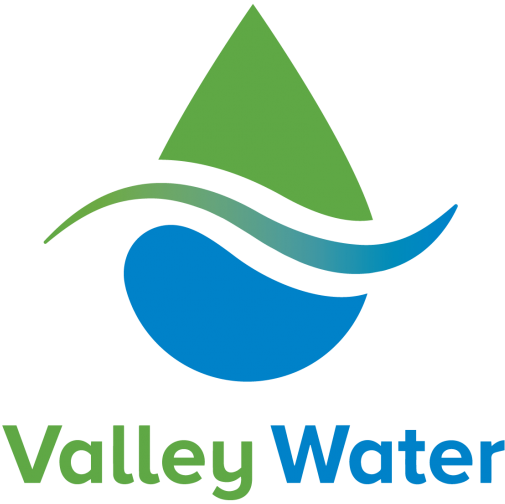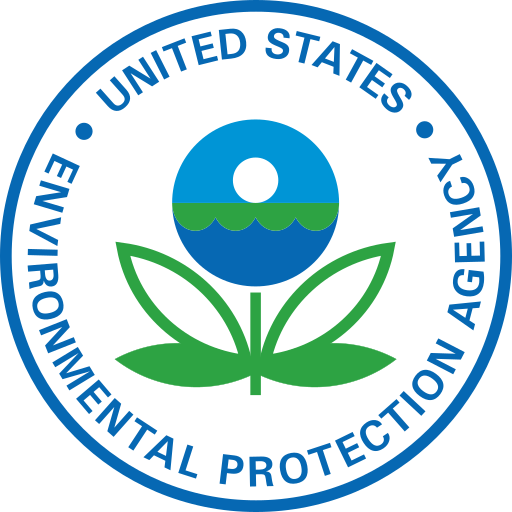With continued need to prepare for, mitigate, and respond to the effects of flooding and drought due to climate change, and with growing populations that need fresh clean water and sustainable ways to treat wastewater, a vast spectrum of careers lie ahead for our students. Additionally, students can develop the capacity right now to “support ecologically sound, economically prosperous, and equitable communities for present and future generations” (A Blueprint for Environmental Literacy).
Build your students’ environmental literacy with these water-focused lessons! Written by teachers for teachers, and intended to increase and inspire water stewardship and pro-environmental behaviors in students, these lessons:
- Increase student awareness of water careers and local environmental issues
- Engage students in critical thinking, enhancing their problem-solving skills to effectively address these issues and
- Provide decision-making practice around environmental challenges to ensure clean and safe water is available to all
Developed in partnership with BAYWORK, RAFT, Synopsys Outreach Foundation, and The Tech and funded by a grants from EPA and Valley Water, this environmental literacy curriculum is free to teachers.
Discover why incorporating environmental justice into the classroom is essential by reading Introducing Environmental Justice in the Classroom.
Featured Lessons:
Research Project: Water Industry Careers
Katy Cachiotis
5th Grade ELA
Student interest leads to research and reporting about water industry career pathways.
The Story of Water
Victoria Kuhlmann
7th Grade Core
The impact of water usage and the importance of conservation and stewardship is interpreted through a children’s book.
Water Management Then and Now
Diana Kaplenko
6th Grade ELA, Social Studies, Environmental Impact
A comparison between past and present designs to utilize and save water with cooperative systems, this introductory lesson leads to students developing an environmental action plan.
Tap Water’s Journey
Erich Bartel
7th Grade Science
Water’s journey through a local water district is tracked with a map and 3D model to identify the major infrastructural components of a local water district and environmental challenges each component faces.
Water Footprint of Food
Debrah Jockisch
6-8th Grade Science
The design of a balanced meal with a small water footprint showcases how small changes can lead to larger impacts.
Hiring Request for Main Break Repair Team
Kristopher Asuncion
7th Grade Math
Students will apply operations with rational numbers to a real-world hiring scenario, analyzing salaries and budgets to assemble a main break repair team while considering education, experience, and cost-effectiveness.
Save My Water!
Ron Keller
6-8th Grade CTE Arts, Media, and Entertainment
The benefit of choosing low-water use food on water conservation is communicated through a public service announcement for a student-run news station.
A Drop in the Bucket
Susan Hansen
8th Grade Science
Exploring water management by estimating and calculating the percentage of available freshwater on Earth.
Recycling Water is More Than the Water Cycle
Leona Wong
9-12th Grade Environmental Science
Purifying water with household materials to explore the process and effort of removing pollutants.
Extracting Energy from Wastewater
Steven Chand
HS Physical Science/Chemistry
Burning hydrogen gas from water to demonstrate how wastewater can be utilized as a source of energy to reduce our reliance on fossil fuels.
Water Chemistry in our Community
Frances Acosta
HS Chemistry
Testing and analyzing the quality of water around the community, data is utilized to communicate with the community about water quality and what makes our water “safe.”
Our Global Water Crisis-How Can I be Part of the Solution?
Cora da Costa Pereira
HS AP Biology
Water’s journey through a local water district is tracked with a map and 3D model to identify the major infrastructural components of a local water district and environmental challenges each component faces.
Water Wise
Kieu Pham
9/10 Biology or Chemistry
Students will act as Water Treatment Specialists, designing filtration procedures for murky water and testing its quality using pH and turbidity. Through real-world connections to local facilities and industry careers, they will explore the science and importance of clean water.
Researching Water and Race
Emily Wu
HS English
Students will explore the connections between water access, race, and environmental justice by conducting academic research, analyzing sources, and writing a practice research paragraph that prepares them for a larger Social Justice Research Paper.
For more resources visit EPA's water resrouces for educators


This publication was developed under Assistance Agreement No.98T46501-0 awarded by the U.S. Environmental Protection Agency. It has not been formally reviewed by EPA. The views expressed in this document are solely those of Ignited and EPA does not endorse any products or commercial services mentioned in this publication.
